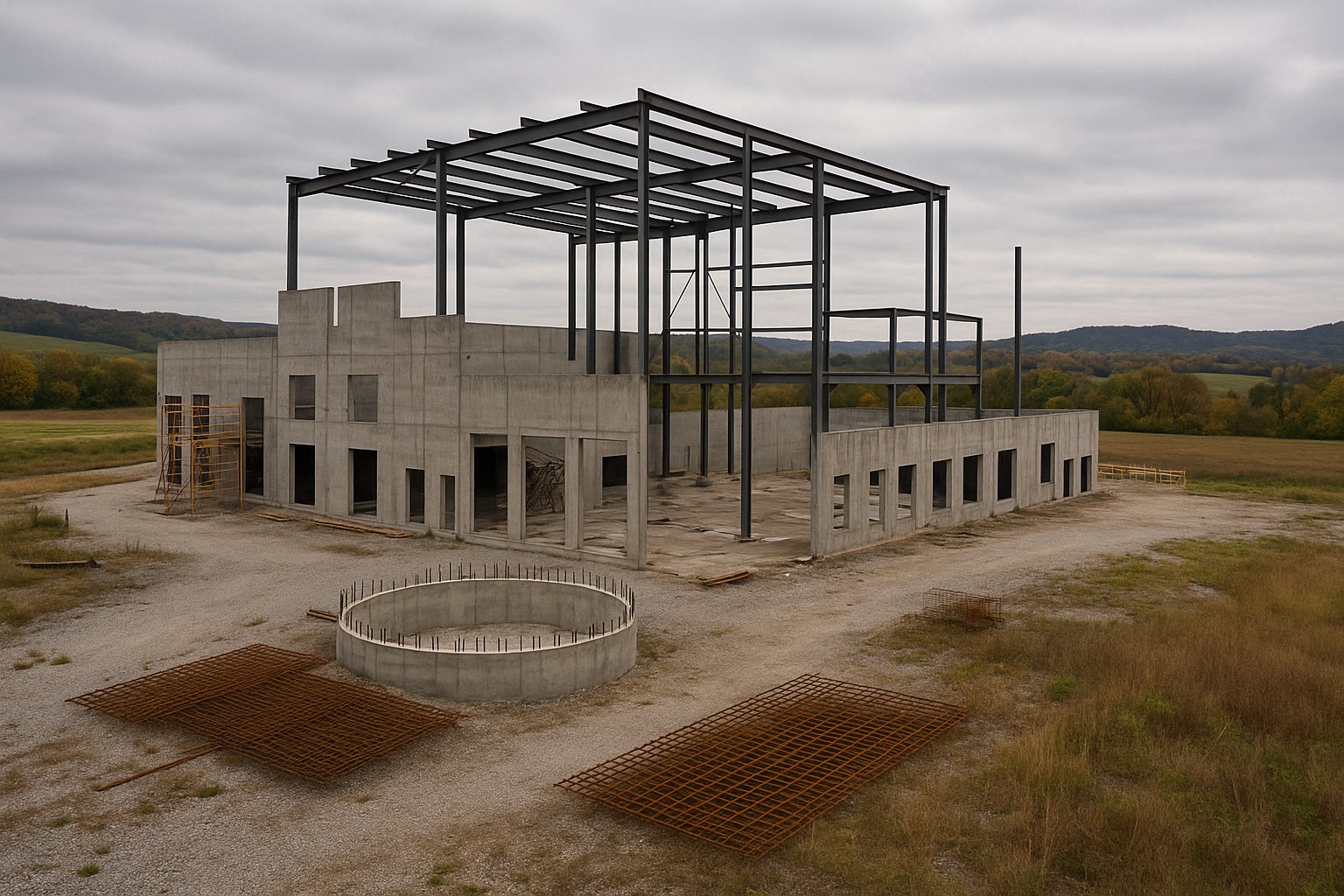Here’s the thing: bourbon has been one of Kentucky’s biggest comeback stories of the last two decades. From craft startups to major heritage brands, production and exports have skyrocketed since the early 2000s. Warehouses filled to the brim, tourism exploded, and every new release seemed to sell out faster than the last.
But markets—even bourbon markets—don’t go up forever.
Molson Coors’ move comes on the heels of a broader economic tightening that’s visible well beyond the spirits industry. Inflation has stretched consumer spending thin, especially in discretionary categories like premium alcohol. When gas, groceries, and housing take a bigger bite out of the paycheck, that $80 bottle of single barrel suddenly looks like a luxury that can wait.
Blue Run Spirits is a perfect case study of that shift. When the brand launched in 2020, it hit right in the middle of the pandemic bourbon boom—a time when people were splurging on home drinking, limited editions, and anything labeled “craft.” Their sleek bottle design and modern branding turned heads, and their small-batch releases vanished online in minutes.
But fast-forward to 2025, and the economics have changed. Bourbon production is at its highest level in modern history—over 16 million barrels aging in Kentucky warehouses. That means the market is flooded with whiskey that won’t have a buyer when it’s finally mature. Combine that with slower exports (thanks to lingering trade tensions and tariff uncertainties) and the result is predictable: the bubble starts to deflate.
When Blue Run’s flashy distillery project was announced, it symbolized the optimism of that moment. But when a $51 million construction plan gets shelved before breaking ground, that’s a direct reflection of shifting capital confidence. Corporate boards aren’t seeing the return on investment they expected in the short term, and Wall Street’s message is clear: cut costs, focus on core brands, and ride out the slowdown.
And they’re not alone.
- Brown-Forman (maker of Jack Daniel’s and Woodford Reserve) cut 12% of its workforce earlier this year.
- Campari Group, which owns Wild Turkey and Wilderness Trail, trimmed another 10%.
- Even Diageo, home to Bulleit Bourbon, is slashing jobs to save more than $600 million over three years.
- Barrel makers, cooperages, and smaller distilleries are feeling the squeeze too—Independent Stave cut 110 jobs, and several boutique distilleries are in receivership or bankruptcy.
All of that points to an industry correction tied to broader economic headwinds:
- Overproduction. Bourbon’s long aging process means today’s market glut was set in motion five to ten years ago when demand was booming.
- Consumer fatigue. Shoppers are being more selective, gravitating toward lower-priced bottles or even non-alcoholic alternatives.
- Corporate consolidation. Big players like Molson Coors are moving away from “passion projects” and toward portfolio efficiency—beer, mixers, and energy drinks now trump small-batch bourbon.
- Trade instability. Tariff tensions with Europe and Asia have dented export sales, a major profit channel for Kentucky whiskey.
From a macroeconomic lens, this bourbon pullback mirrors what’s happening in other industries: a normalization after a decade of expansion fueled by cheap capital and pandemic-era spikes in demand. Construction slowdowns, layoffs, and cautious investment are rippling through manufacturing, tech, and now spirits.
The irony? Bourbon, of all things, has always been a long game. The barrels aging in those Kentucky warehouses will still be there when the economy rebounds. And it will rebound. The brands that survive will likely be the ones that tighten up now, diversify intelligently, and stay connected to their roots instead of chasing every trend.









